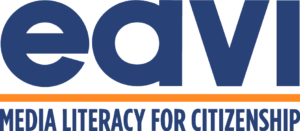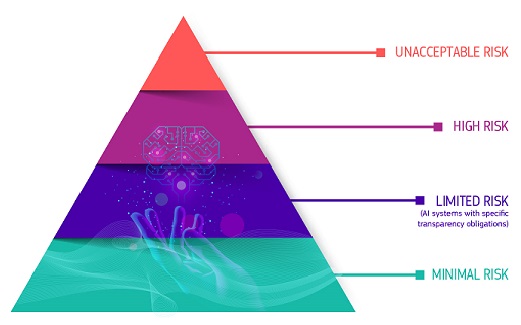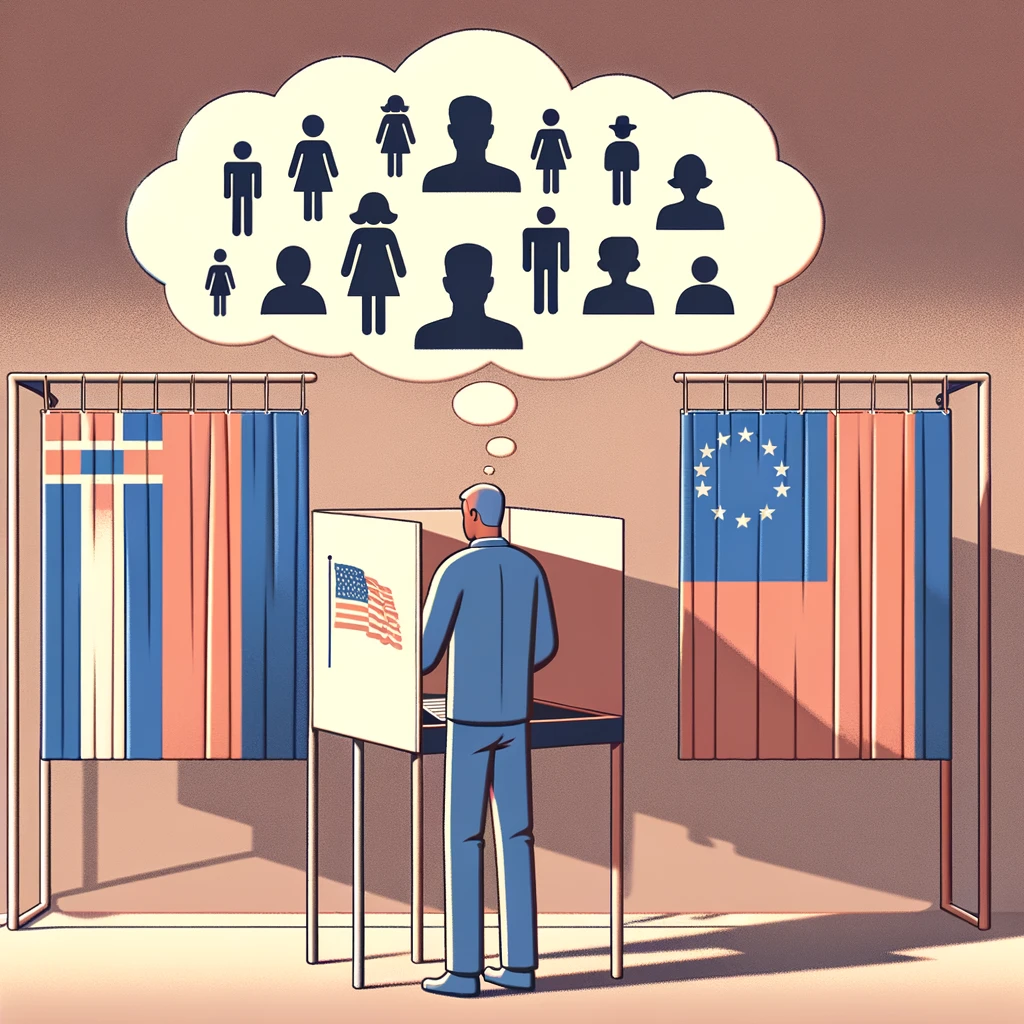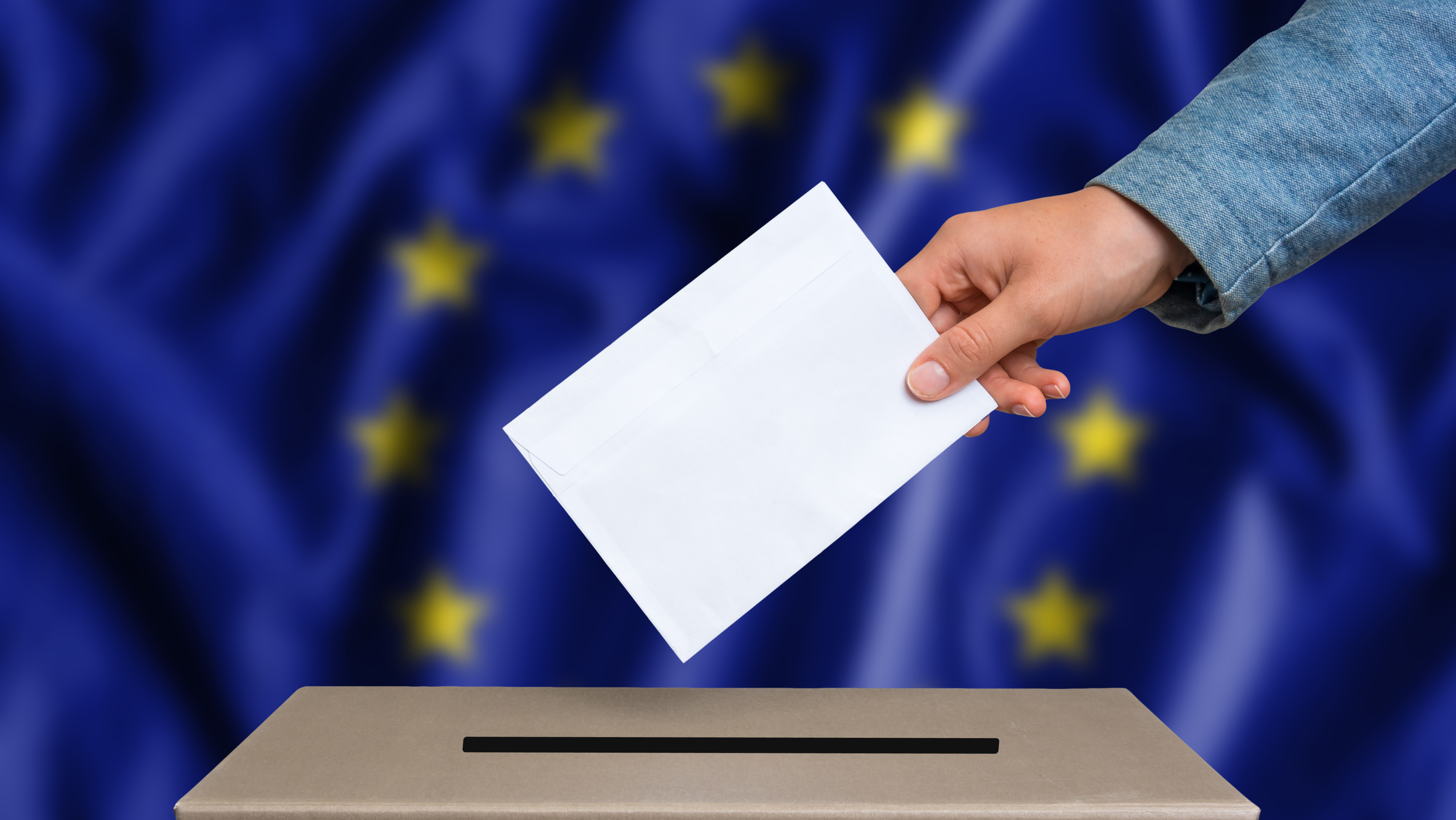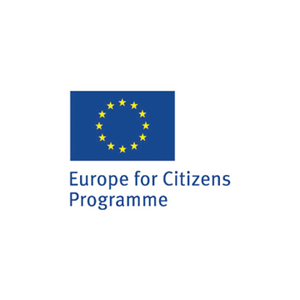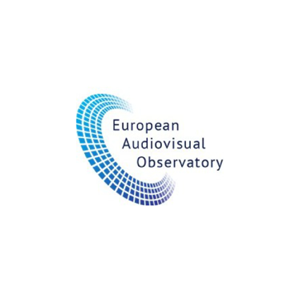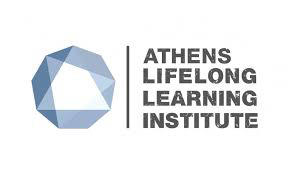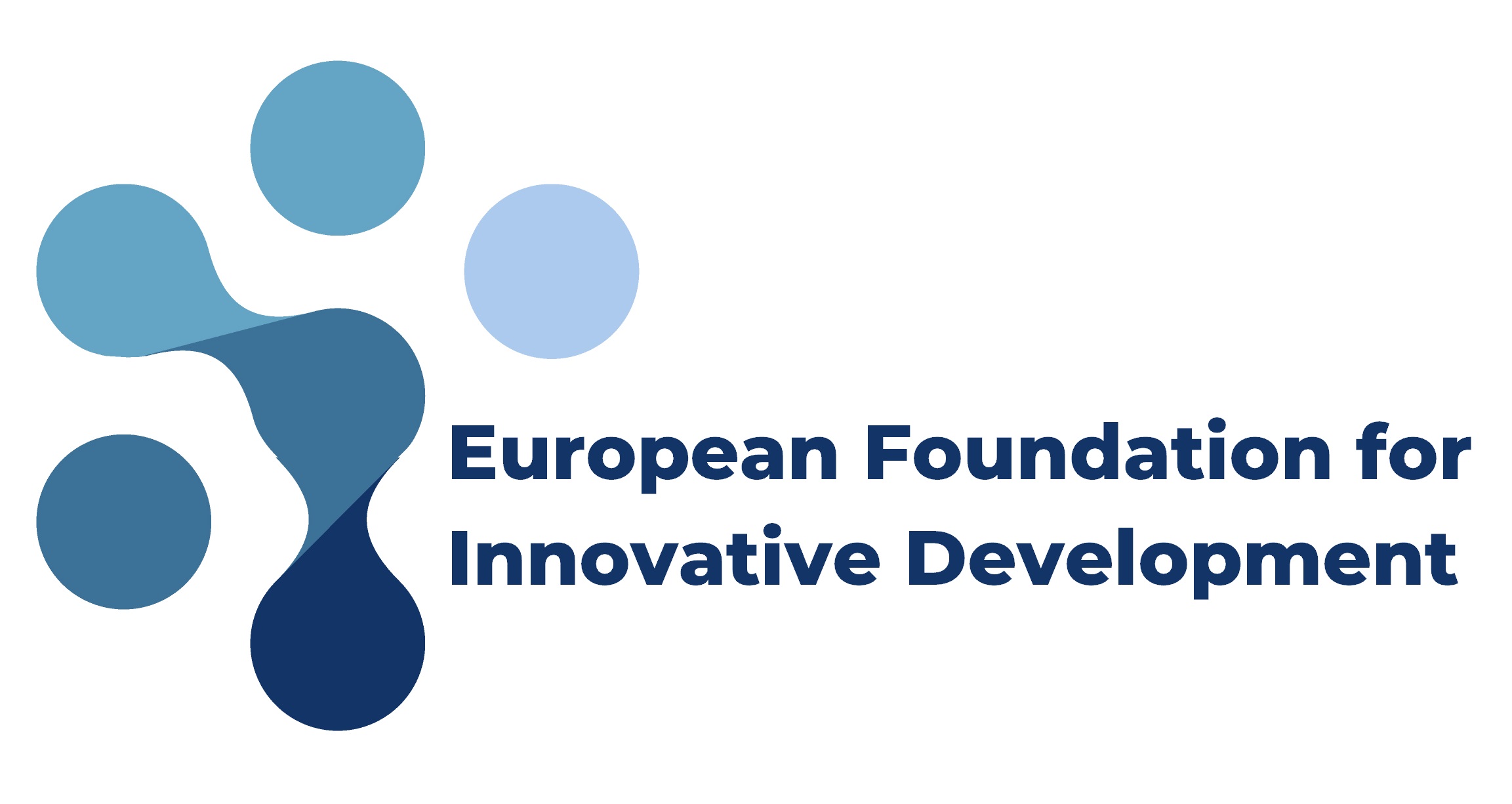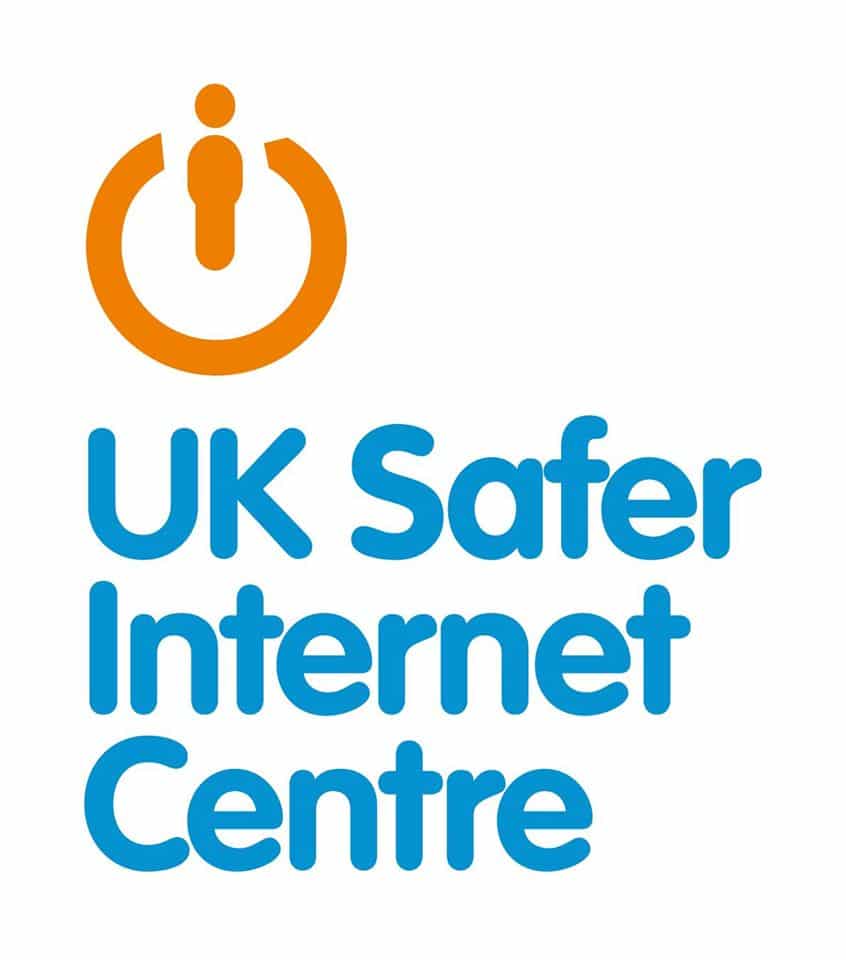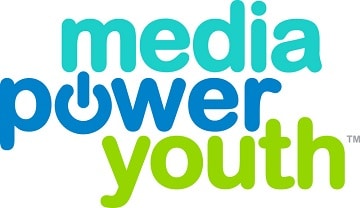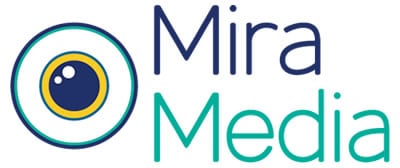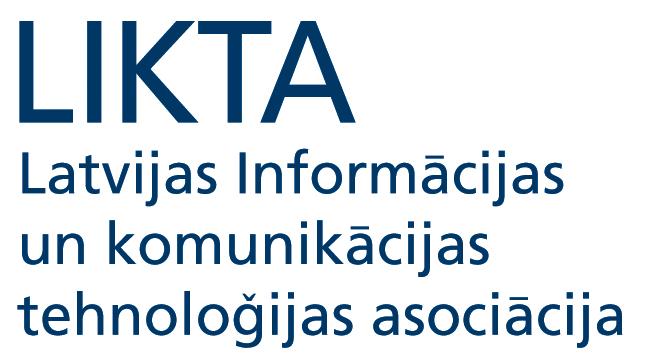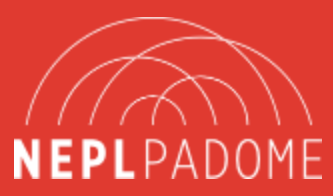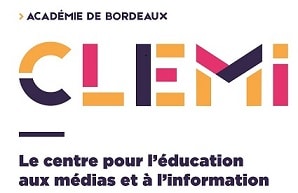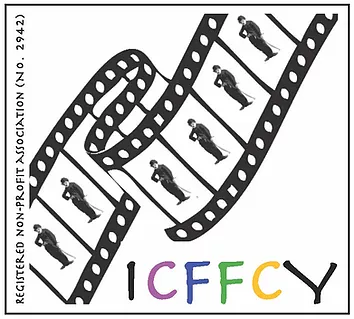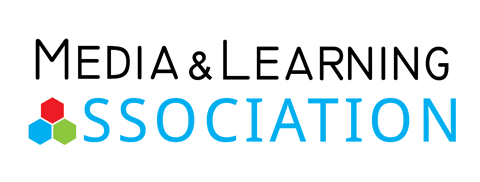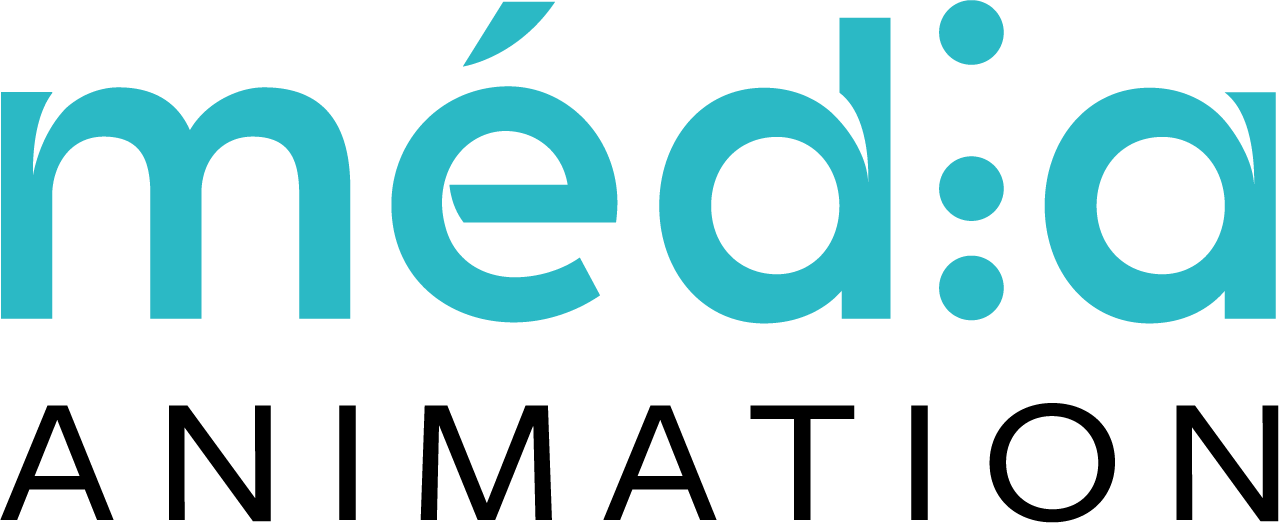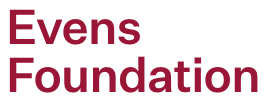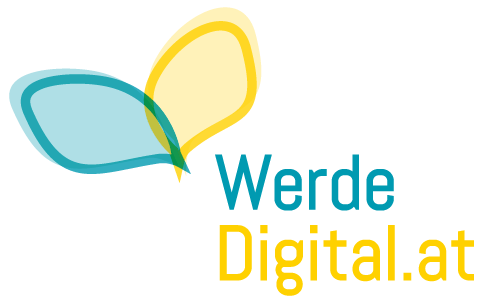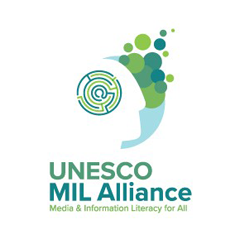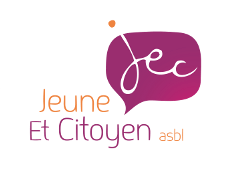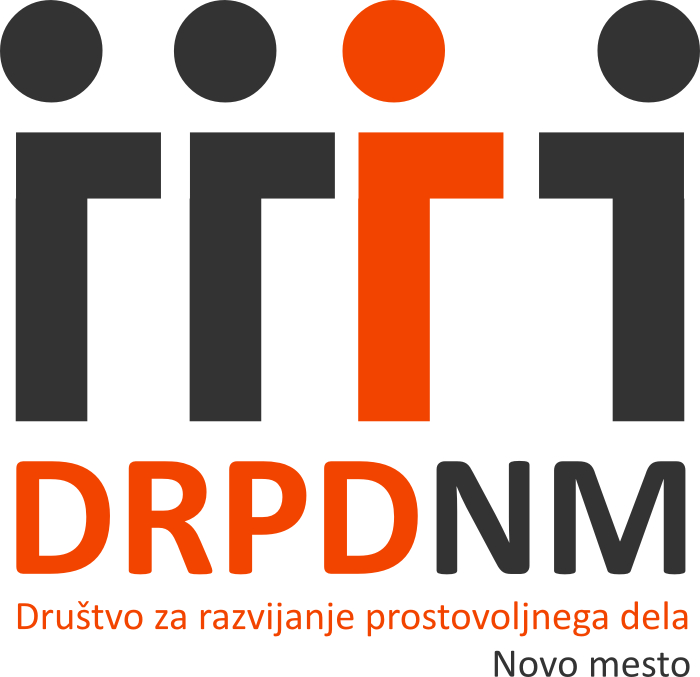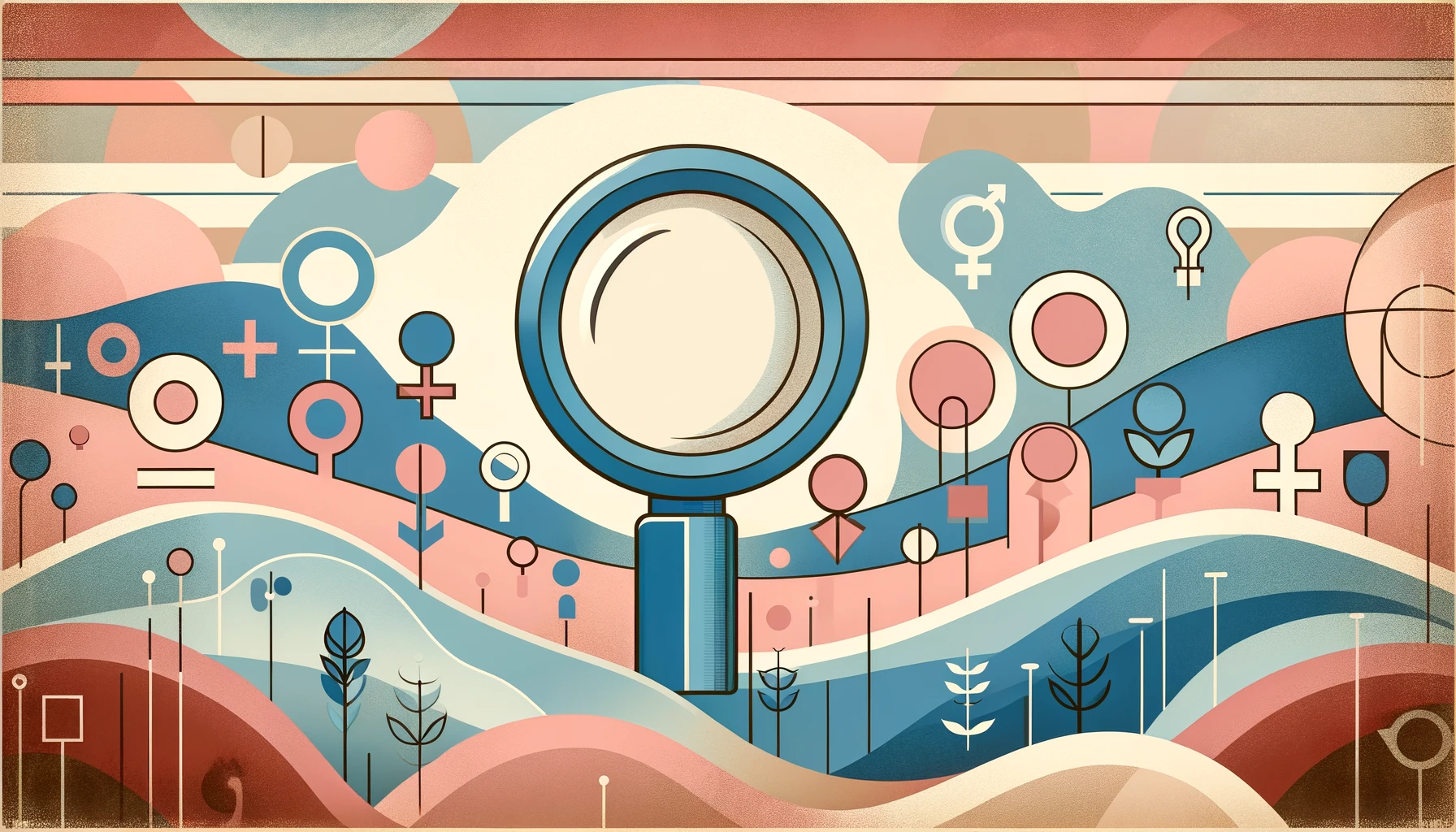
In their article titled “Gender and Media Representations: A Review of the Literature on Gender Stereotypes, Objectification and Sexualization”, Santoniccolo and his colleagues argue that media representations may create certain sociocultural pressures, such as restrictive gender roles. Gender-based portrayals in media are still highly common, despite social and legal advancements in the field of civil rights. The importance of media in shaping individuals’ beliefs, attitudes, and perceptions of gender has been extensively studied and well-documented. Numerous research endeavours consistently affirm the significant influence of media use on gender beliefs. Meta-analyses conducted over the years have revealed small but persistent effect sizes, highlighting the enduring impact of media on shaping societal perspectives on gender. The findings suggest that these effects have been persistent over decades, emphasising the enduring role of media in reinforcing beliefs about gender roles and identities. This body of research demonstrates the need for heightened media literacy to navigate and critically engage with the prevalent influence of media on our collective understanding of gender dynamics.
In this body of research, stereotypical, objectifying and sexualizing representations in media were particularly explored. Gender stereotypes can be described as oversimplified notions of the attitudes and behaviours deemed conventional and suitable for men and women within a specific cultural context. These stereotypes encompass a wide range of characteristics, including physical appearance, personality traits, behaviours, social roles, and occupations. While the specific content of these stereotypes varies across cultures, certain recurring themes have been identified, particularly in Western cultures. Examples include stereotypes related to communion, agency, and competence. Traditionally, women have been linked to traits associated with communion, such as supportiveness, compassion, expression, and warmth. Conversely, men have often been stereotypically tied to agency traits like ambition, assertiveness, competitiveness, and action, as well as competence traits like intelligence. Gender stereotypes are encountered in media outlets including television programs and advertisements. Heavy media use has been associated with a heightened acceptance of gender stereotypes. Studies suggest that increased media consumption is correlated with a stronger inclination towards traditional gender roles and norms, potentially contributing to a range of adverse health effects such as depression, anxiety, and eating disorders.
Objectification refers to the perception or treatment of individuals as mere objects. Initially, non-sexual objectification is observed, frequently prevalent in advertising where women are portrayed solely for their visual appeal, presented as static and ornamental figures. Furthermore, sexual objectification is defined as reducing a person to a sexual instrument and it can be considered a specific form of dehumanisation and objectification. Consequently, it is commonly categorised as one of the manifestations of sexualization. Sexual objectification of women is widespread across various contexts and media platforms. Numerous studies indicate that women experience sexual objectification more frequently and bear its consequences. However, it is noteworthy that sexually objectifying depictions can also have adverse effects on men, as revealed by research findings. The experience of sexual objectification can adversely impact well-being and mental health by fostering self-objectification and the internalisation of societal beauty standards. Additionally, for men, exposure to media that perpetuates objectification has been linked to an increased inclination toward engaging in sexual coercion and harassment.
Therefore, considering the gender stereotypes and objectification in media that various research studies point at, the significance of media literacy becomes increasingly evident. The portrayal of individuals through stereotypical lenses and the reduction of people to mere objects can perpetuate harmful norms and contribute to adverse effects on individuals’ well-being. Media literacy emerges as a crucial tool in navigating this complex issue. By fostering the ability to critically analyse and deconstruct media messages, individuals can empower themselves to question prevailing stereotypes, challenge harmful representations, and ultimately cultivate a more nuanced and inclusive understanding of gender.
For example, in their study titled “Critical Media Literacy and Gender: Teaching Middle School Children about Gender Stereotypes and Occupations”, Markowitz and her colleagues investigated the effectiveness of a critical media literacy curriculum unit in raising middle school students’ awareness of gender stereotypes in the media, particularly concerning occupational roles. The findings revealed that the curriculum unit had a positive impact on students’ recognition of gender stereotypes in the media, particularly in the context of scientific and mathematical occupations. However, the study also highlighted that students did not significantly change their beliefs about the personal influence of media messages on their behaviour and occupational choices. The researchers emphasised the need for continued efforts to address the psychological barriers that individuals may have in acknowledging the influence of media messages on themselves. Despite this, the study reinforces the importance of ongoing efforts to break down psychological barriers hindering the acknowledgement of media influence. As we reflect on the intricate relationship between media, stereotypes, and objectification, it becomes clear that media literacy is a powerful tool. It is an ongoing process that empowers individuals to challenge prevailing norms, fostering a media landscape that respects the diversity, dignity, and potential of every individual. By advocating media literacy, we pave the way for a future where our collective narrative is shaped by critical minds, promoting inclusivity and understanding.
REFERENCES:

In their article titled “Gender and Media Representations: A Review of the Literature on Gender Stereotypes, Objectification and Sexualization”, Santoniccolo and his colleagues argue that media representations may create certain sociocultural pressures, such as restrictive gender roles. Gender-based portrayals in media are still highly common, despite social and legal advancements in the field of civil rights. The importance of media in shaping individuals’ beliefs, attitudes, and perceptions of gender has been extensively studied and well-documented. Numerous research endeavours consistently affirm the significant influence of media use on gender beliefs. Meta-analyses conducted over the years have revealed small but persistent effect sizes, highlighting the enduring impact of media on shaping societal perspectives on gender. The findings suggest that these effects have been persistent over decades, emphasising the enduring role of media in reinforcing beliefs about gender roles and identities. This body of research demonstrates the need for heightened media literacy to navigate and critically engage with the prevalent influence of media on our collective understanding of gender dynamics.
In this body of research, stereotypical, objectifying and sexualizing representations in media were particularly explored. Gender stereotypes can be described as oversimplified notions of the attitudes and behaviours deemed conventional and suitable for men and women within a specific cultural context. These stereotypes encompass a wide range of characteristics, including physical appearance, personality traits, behaviours, social roles, and occupations. While the specific content of these stereotypes varies across cultures, certain recurring themes have been identified, particularly in Western cultures. Examples include stereotypes related to communion, agency, and competence. Traditionally, women have been linked to traits associated with communion, such as supportiveness, compassion, expression, and warmth. Conversely, men have often been stereotypically tied to agency traits like ambition, assertiveness, competitiveness, and action, as well as competence traits like intelligence. Gender stereotypes are encountered in media outlets including television programs and advertisements. Heavy media use has been associated with a heightened acceptance of gender stereotypes. Studies suggest that increased media consumption is correlated with a stronger inclination towards traditional gender roles and norms, potentially contributing to a range of adverse health effects such as depression, anxiety, and eating disorders.
Objectification refers to the perception or treatment of individuals as mere objects. Initially, non-sexual objectification is observed, frequently prevalent in advertising where women are portrayed solely for their visual appeal, presented as static and ornamental figures. Furthermore, sexual objectification is defined as reducing a person to a sexual instrument and it can be considered a specific form of dehumanisation and objectification. Consequently, it is commonly categorised as one of the manifestations of sexualization. Sexual objectification of women is widespread across various contexts and media platforms. Numerous studies indicate that women experience sexual objectification more frequently and bear its consequences. However, it is noteworthy that sexually objectifying depictions can also have adverse effects on men, as revealed by research findings. The experience of sexual objectification can adversely impact well-being and mental health by fostering self-objectification and the internalisation of societal beauty standards. Additionally, for men, exposure to media that perpetuates objectification has been linked to an increased inclination toward engaging in sexual coercion and harassment.
Therefore, considering the gender stereotypes and objectification in media that various research studies point at, the significance of media literacy becomes increasingly evident. The portrayal of individuals through stereotypical lenses and the reduction of people to mere objects can perpetuate harmful norms and contribute to adverse effects on individuals’ well-being. Media literacy emerges as a crucial tool in navigating this complex issue. By fostering the ability to critically analyse and deconstruct media messages, individuals can empower themselves to question prevailing stereotypes, challenge harmful representations, and ultimately cultivate a more nuanced and inclusive understanding of gender.
For example, in their study titled “Critical Media Literacy and Gender: Teaching Middle School Children about Gender Stereotypes and Occupations”, Markowitz and her colleagues investigated the effectiveness of a critical media literacy curriculum unit in raising middle school students’ awareness of gender stereotypes in the media, particularly concerning occupational roles. The findings revealed that the curriculum unit had a positive impact on students’ recognition of gender stereotypes in the media, particularly in the context of scientific and mathematical occupations. However, the study also highlighted that students did not significantly change their beliefs about the personal influence of media messages on their behaviour and occupational choices. The researchers emphasised the need for continued efforts to address the psychological barriers that individuals may have in acknowledging the influence of media messages on themselves. Despite this, the study reinforces the importance of ongoing efforts to break down psychological barriers hindering the acknowledgement of media influence. As we reflect on the intricate relationship between media, stereotypes, and objectification, it becomes clear that media literacy is a powerful tool. It is an ongoing process that empowers individuals to challenge prevailing norms, fostering a media landscape that respects the diversity, dignity, and potential of every individual. By advocating media literacy, we pave the way for a future where our collective narrative is shaped by critical minds, promoting inclusivity and understanding.
REFERENCES:

In their article titled “Gender and Media Representations: A Review of the Literature on Gender Stereotypes, Objectification and Sexualization”, Santoniccolo and his colleagues argue that media representations may create certain sociocultural pressures, such as restrictive gender roles. Gender-based portrayals in media are still highly common, despite social and legal advancements in the field of civil rights. The importance of media in shaping individuals’ beliefs, attitudes, and perceptions of gender has been extensively studied and well-documented. Numerous research endeavours consistently affirm the significant influence of media use on gender beliefs. Meta-analyses conducted over the years have revealed small but persistent effect sizes, highlighting the enduring impact of media on shaping societal perspectives on gender. The findings suggest that these effects have been persistent over decades, emphasising the enduring role of media in reinforcing beliefs about gender roles and identities. This body of research demonstrates the need for heightened media literacy to navigate and critically engage with the prevalent influence of media on our collective understanding of gender dynamics.
In this body of research, stereotypical, objectifying and sexualizing representations in media were particularly explored. Gender stereotypes can be described as oversimplified notions of the attitudes and behaviours deemed conventional and suitable for men and women within a specific cultural context. These stereotypes encompass a wide range of characteristics, including physical appearance, personality traits, behaviours, social roles, and occupations. While the specific content of these stereotypes varies across cultures, certain recurring themes have been identified, particularly in Western cultures. Examples include stereotypes related to communion, agency, and competence. Traditionally, women have been linked to traits associated with communion, such as supportiveness, compassion, expression, and warmth. Conversely, men have often been stereotypically tied to agency traits like ambition, assertiveness, competitiveness, and action, as well as competence traits like intelligence. Gender stereotypes are encountered in media outlets including television programs and advertisements. Heavy media use has been associated with a heightened acceptance of gender stereotypes. Studies suggest that increased media consumption is correlated with a stronger inclination towards traditional gender roles and norms, potentially contributing to a range of adverse health effects such as depression, anxiety, and eating disorders.
Objectification refers to the perception or treatment of individuals as mere objects. Initially, non-sexual objectification is observed, frequently prevalent in advertising where women are portrayed solely for their visual appeal, presented as static and ornamental figures. Furthermore, sexual objectification is defined as reducing a person to a sexual instrument and it can be considered a specific form of dehumanisation and objectification. Consequently, it is commonly categorised as one of the manifestations of sexualization. Sexual objectification of women is widespread across various contexts and media platforms. Numerous studies indicate that women experience sexual objectification more frequently and bear its consequences. However, it is noteworthy that sexually objectifying depictions can also have adverse effects on men, as revealed by research findings. The experience of sexual objectification can adversely impact well-being and mental health by fostering self-objectification and the internalisation of societal beauty standards. Additionally, for men, exposure to media that perpetuates objectification has been linked to an increased inclination toward engaging in sexual coercion and harassment.
Therefore, considering the gender stereotypes and objectification in media that various research studies point at, the significance of media literacy becomes increasingly evident. The portrayal of individuals through stereotypical lenses and the reduction of people to mere objects can perpetuate harmful norms and contribute to adverse effects on individuals’ well-being. Media literacy emerges as a crucial tool in navigating this complex issue. By fostering the ability to critically analyse and deconstruct media messages, individuals can empower themselves to question prevailing stereotypes, challenge harmful representations, and ultimately cultivate a more nuanced and inclusive understanding of gender.
For example, in their study titled “Critical Media Literacy and Gender: Teaching Middle School Children about Gender Stereotypes and Occupations”, Markowitz and her colleagues investigated the effectiveness of a critical media literacy curriculum unit in raising middle school students’ awareness of gender stereotypes in the media, particularly concerning occupational roles. The findings revealed that the curriculum unit had a positive impact on students’ recognition of gender stereotypes in the media, particularly in the context of scientific and mathematical occupations. However, the study also highlighted that students did not significantly change their beliefs about the personal influence of media messages on their behaviour and occupational choices. The researchers emphasised the need for continued efforts to address the psychological barriers that individuals may have in acknowledging the influence of media messages on themselves. Despite this, the study reinforces the importance of ongoing efforts to break down psychological barriers hindering the acknowledgement of media influence. As we reflect on the intricate relationship between media, stereotypes, and objectification, it becomes clear that media literacy is a powerful tool. It is an ongoing process that empowers individuals to challenge prevailing norms, fostering a media landscape that respects the diversity, dignity, and potential of every individual. By advocating media literacy, we pave the way for a future where our collective narrative is shaped by critical minds, promoting inclusivity and understanding.
REFERENCES:
